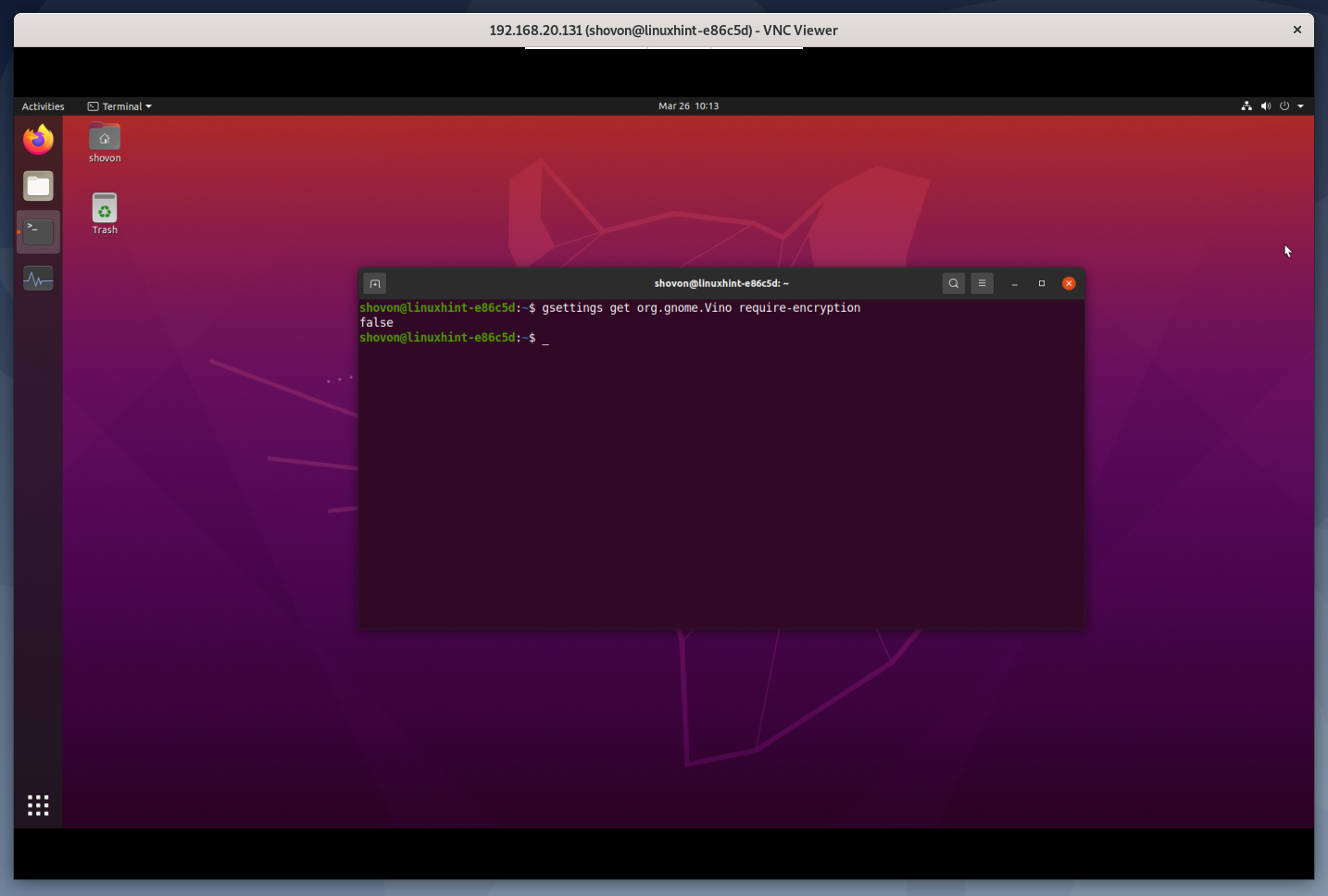
- #UBUNTU XSCREENSAVER SSSD INSTALL#
- #UBUNTU XSCREENSAVER SSSD MANUAL#
- #UBUNTU XSCREENSAVER SSSD FULL#
- #UBUNTU XSCREENSAVER SSSD PASSWORD#
Setting this to yes makes the system more friendly towards Linux users, as they won’t have to remember to include the domain name every time a user or group is referenced. If this is set to yes, then the domain name will not be part of the users and groups.

This is the \ character between the short domain name and the user or group name that we saw in the getent passwd output above. Home directory template homedir = popular choice is /home/%D/%U) The smb.conf(5) man page explains the % variable substitutions and other details: The following are some common /etc/samba/smb.conf options you are likely to want to tweak in your installation. For example, there is no concept of a “login shell” for AD users, but it exists in Linux. When domain users and groups are brought to the Linux world, a bit of translation needs to happen, and sometimes new values need to be created. Winbind adds the short domain name as a prefix to domain users and groups: $ getent passwd can find out the short domain name in the realm output shown earlier, or inspect the workgroup parameter of /etc/samba/smb.conf. Now you will be able to query users from the AD domain. Until bug #1980246 is fixed, one extra step is needed:Ĭonfigure /etc/nf by adding the word winbind to the passwd and group lines as shown below: passwd: files systemd winbind If you don’t expect or need AD users to log into this system (unless it’s via Samba or Windows), then it’s safe and probably best to remove the libpam-winbind package.
#UBUNTU XSCREENSAVER SSSD PASSWORD#
For example, if your SSH server allows password authentication ( PasswordAuthentication yes in /etc/ssh/sshd_config), then the domain users will be allowed to login remotely on this system via SSH. This command also installed the libpam-winbind package, which allows AD users to authenticate to other services on this system via PAM, like SSH or console logins. * LANG=C LOGNAME=root /usr/bin/net -configfile /var/cache/realmd/realmd-smb-conf.A53NO1 -U Administrator ads keytab create * LANG=C LOGNAME=root /usr/bin/net -configfile /var/cache/realmd/realmd-smb-conf.A53NO1 -U Administrator -use-kerberos=required ads join * Installing necessary packages: libnss-winbind samba-common-bin libpam-winbind winbind * Performing LDAP DSE lookup on: 10.0.16.5 This should produce the following output for us: * Resolving: _ldap._ Let’s join the domain in verbose mode so we can see all the steps: sudo realm join -v -membership-software=samba -client-software=winbind Realm is suggesting a set of packages for the discovered domain, but we will override that and select the Samba tooling for this join, because we want Samba to become a Member Server. This should provide an output like this, given our setup: Next, we need to verify that the AD server is both reachable and known by running the following command: sudo realm discover

If it doesn’t, then set the hostname as follows: sudo hostnamectl hostname įor this guide, we will be using j1., and the AD domain will be.
#UBUNTU XSCREENSAVER SSSD FULL#
You might have that already, if running the hostname -f command returns a full hostname with domain. In order to have the joined machine registered in the AD DNS, it needs to have an FQDN set.
#UBUNTU XSCREENSAVER SSSD INSTALL#
Install realmdįirst, let’s install the necessary packages: sudo apt install realmd samba This package will make certain decisions for us which will work for most cases, but more complex setups involving multiple or very large domains might require additional tweaking. Use realmd to join the Active Directory domainįor this guide, though, we are going to use the realmd package and instruct it to use the Samba tooling for joining the AD domain. It’s useful to read that documentation to get an idea of the steps necessary, and the decisions you will need to make.
#UBUNTU XSCREENSAVER SSSD MANUAL#
It requires a sequence of manual steps and configuration file editing, which is thoroughly documented on the Samba wiki. Samba itself has the necessary tooling to join an Active Directory domain.

In this scenario, Samba is called a Member Server or Domain Member. This is different from Network User Authentication with SSSD, where we integrate the AD users and groups into the local Ubuntu system as if they were local.įor Samba to authenticate these users via Server Message Block (SMB) authentication protocols, we need both for the remote users to be “seen”, and for Samba itself to be aware of the domain. Member server in an Active Directory domainĪ Samba server needs to join the Active Directory (AD) domain before it can serve files and printers to Active Directory users. Multi-node configuration with Docker-Composeĭistributed Replicated Block Device (DRBD)


 0 kommentar(er)
0 kommentar(er)
